35 Best Shopify Marketing Strategies to Increase Your Sales
Killer eCommerce marketing strategies to scale your Shopify store in 2025. We cover influencers, upsells, video ads, and much more.
Updated November 6, 2024
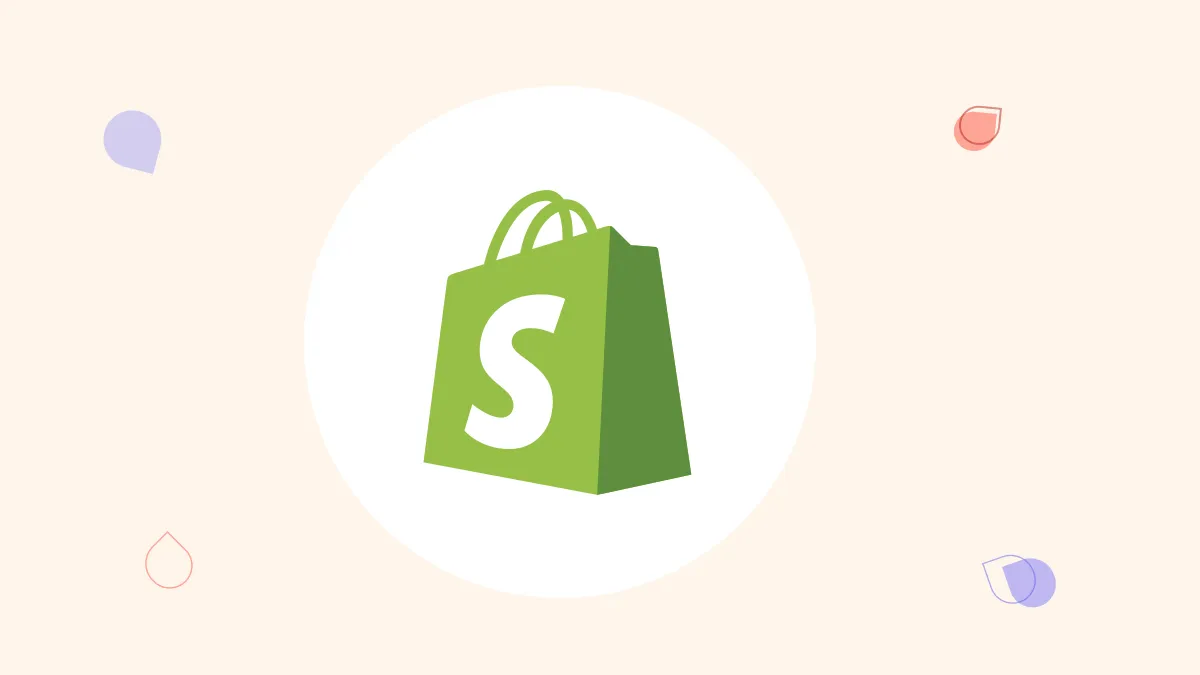
In 2013, Allbirds was just an idea. Fast forward to 2024, and it's worth $105M. Your Shopify store can get there too you just need the right marketing plan to make that happen. You need to pick the right marketing channels, promote your products on the right platforms, and nurture your subscribers into loyal customers.
In this post, we've gathered some of the top eCommerce marketing strategies from our experts and Shopify agencies to help you scale your Shopify store.
What is Shopify marketing?
Shopify marketing refers to the strategies and tactics used to promote and sell products or services on the Shopify platform, an e-commerce solution that allows businesses to set up an online store. It encompasses various marketing activities designed to attract customers to a Shopify store, enhance brand awareness, and drive sales and conversions.
This can include search engine optimization (SEO) to increase organic search visibility, pay-per-click (PPC) advertising to drive targeted traffic, social media marketing to engage with potential customers, email marketing for customer retention, and content marketing to build brand authority and educate customers through user-generated content and shopping guides.
When you use Shopify, you get a leg up on your competition because you also get:
- Native apps - Shopify has over 8,000+ apps, third-party apps, and integrations to most of the popular marketing tools
- Built-in tools - Shopify has recently developed its own tools like Shopify email, Shopify forms, automations, segmentation, and the Shopify inbox.
- High-converting checkout - with Shopify you get a superior checkout experience out of the box, so you won't have to develop anything from scratch.
Best Shopify marketing ideas
The best Shopify marketing ideas blend creativity with data-driven approaches, utilizing the platform’s robust analytics to tailor marketing efforts for maximum impact. Here are some of the most effective marketing strategies you should try to scale your store.
1. Add targeted popups
Targeted popups on your Shopify store can be a strategic way to engage visitors and convert them into customers or subscribers. By implementing popups that offer discounts, sign-up incentives, or exclusive content, you can effectively capture the attention of your audience.
For example, a popup that appears when a user intends to leave the website can offer a special discount code to encourage a purchase, enhancing conversion rates.
You can also use popups to segment visitors based on their behavior, such as:
- The pages they've visited,
- How long they've been on your site,
- Their stage in the buying process.
This allows for personalized marketing messaging that can lead to higher engagement and convert more online shoppers.
2. Send automated email marketing campaigns
Automated email marketing campaigns are crucial for nurturing leads and maintaining customer engagement in eCommerce. Set up automated sequences to create touchpoints that build brand loyalty and encourage repeat business.
Examples of email flows include:
- Welcome emails for new subscribers
- Follow-up messages post-purchase
- Birthday discounts
For example, Beardbrand leverages automated email sequences to educate their customers about grooming tips and product usage alongside promotional content. Here's an example of a welcome email, an educational email, and a promotional email, all automated.
These emails not only help establish a brand voice but also drive sales through informed and targeted content, showcasing how automated emails can serve dual purposes of education and promotion. And the best part is that you set them up once and they continue to be sent to every new subscriber or customer on your list.
Good news - Shopify recently launched all of this as a built-in feature called Shopify email. You used to have to integrate with an email marketing tool like Klaviyo or Mailchimp to get this functionality but now all of this comes out of the box.
Pro tip: want to create the right email automations? Hire one of our top email marketing agencies.
3. Use push notifications
Push notifications are immediate and direct ways to communicate with customers, delivering timely messages right to their devices. Use push notifications to alert customers about new product launches, sales, flash deals, or important updates.
For instance, a fashion retailer can send a push notification about a limited-time sale, creating urgency and prompting immediate action. This strategy keeps the brand at the forefront of the customer's mind, increasing the likelihood of conversions.
4. Engage customers via social media
Engaging customers via social media is vital for building a community around your brand. Consistent and interactive posts, stories, and live sessions can help establish a strong social media presence.
Brands like Warby Parker effectively use social media to showcase their products, share customer testimonials, and engage with their audience through Q&A sessions and polls.
Social media platforms also offer a space for customers to share their experiences with your products, amplifying word-of-mouth marketing. In fact, 35% of US consumers use Instagram for customer service. Responding to these customers in a timely manner is crucial if you want to grow your business.
You should also engage with your customers' posts, share them on your profile, and interact in the comments, which can boost social proof and trust in your brand. It should be an essential part of your social media strategy.
5. Optimize your paid advertising campaigns
Launching and optimizing your paid advertising campaigns is essential to ensure you're getting the best return on investment (ROI) for your spend. This involves continuously analyzing performance data, testing different ad elements (like headlines, images, and calls to action), and refining targeting criteria.
For maximum results you should test out:
- Social media ads (Facebook + Instagram)
- Google Ads + Google Shopping
- Amazon Ads
For example, Allbirds utilizes targeted advertising to reach environmentally conscious consumers, showcasing their sustainable products in Facebook and Instagram ads.
To maximize the effectiveness of your ads, it's crucial to integrate your Shopify store data with your advertising platforms. This enables more precise tracking of how ad spend translates into sales, allowing for more data-driven decision-making and campaign adjustments to improve performance.
6. Create engaging content to improve SEO
Creating engaging content is a powerful way to improve your Shopify store's search engine optimization (SEO) and attract organic traffic. According to a recent study by Sparktoro, 63% of all referral traffic still comes from Google (organic search).
This content can take many forms, such as blog posts, buying guides, tutorials, and customer stories, all designed to provide value to your audience while incorporating relevant keywords.
Take, for example, Solo Stove, which creates blog content around outdoor living and camping tips, directly related to their products. In fact, Ahrefs shows that they've grown their blog to 10k monthly visitors and each of their posts ranks for hundreds of keywords.
This helps them get qualified traffic from visitors in their target audience and turn them into loyal customers.
7. Boost conversions with discounts and gifts
Gifts and discounts can be a powerful incentive for customers to make a purchase. Special offers, limited-time discounts, or free gifts with purchases can significantly increase your conversion rates and reduce cart abandonment.
Sephora often employs this strategy by offering free samples or gifts with purchases, which not only delights customers but also encourages them to buy more.
Word of caution: implementing discounts requires careful planning to ensure they're timed right and targeted effectively so they enhance rather than detract from your overall brand value and profitability.
8. Implement a referral program
Launching a referral program is one of the most popular marketing tactics in any niche, especially in eCommerce. Encourage existing customers to recommend your Shopify store to others, leveraging word-of-mouth to increase your customer base.
A successful referral program rewards both the referrer and the referee, creating a win-win situation. For example, Casper has effectively used referral programs to turn its satisfied customers into brand advocates.
The key to a successful referral program is to make it easy for customers to share and ensure the rewards are enticing enough to motivate them to participate actively.
9. Use marketing automation tools
Using marketing automation tools can streamline your marketing efforts, making them more efficient and effective. Automation tools can help with email marketing, social media posting, customer segmentation, and behavior-based triggering of marketing actions.
For example, Bloomscape uses automation to send targeted offers and restock notifications to their customers.
10. Try seasonal promotions
Seasonal promotions are an effective way to capitalize on consumer behavior at different times of the year. Creating special offers or launching products in line with seasons, holidays, or events can drive increased traffic and sales.
For example, Starbucks is well-known for its seasonal promotions, like the Pumpkin Spice Latte in autumn, which create buzz and boost sales significantly.
Seasonal campaigns should be planned in advance to align with the shopping habits and interests of your target audience, ensuring your promotions are relevant and timely.
11. Add cross-selling and upselling plugins
Cross-selling and upselling can significantly enhance the average order value on your Shopify store. These tools recommend related products or upgrades to customers at strategic points in their shopping journey. For instance, Amazon uses sophisticated cross-selling and upselling techniques, like "Customers who bought this item also bought," to increase cart sizes.
By integrating these plugins into your Shopify store, you can provide personalized recommendations based on customer behavior and preferences, enhancing their shopping experience and increasing your sales.
12. Establish a customer loyalty program
Establishing a customer loyalty program can help improve customer retention and encourage repeat business. Loyalty programs reward customers for their continuous business, offering points, discounts, or exclusive perks.
Sephora’s Beauty Insider program is a great example, offering points for purchases that can be exchanged for products, making customers feel valued and encouraging them to keep shopping.
A well-structured loyalty program not only incentivizes purchases but also builds a community of loyal brand advocates who are more likely to recommend your store to others.
13. Use retargeting strategies
Retargeting strategies involve targeting customers who have previously interacted with your site but did not make a purchase. This can be done through ads on social media or other websites, reminding them of the products they viewed.
For example, Asos uses retargeting ads effectively to bring back customers to their website, showcasing items they previously browsed or added to their cart.
Retargeting keeps your brand top-of-mind and can significantly increase conversion rates by targeting individuals already interested in your products.
14. Run abandoned cart recovery campaigns
Abandoned cart recovery campaigns target customers who have added products to their cart but left the site without completing their purchase. Sending timely, persuasive emails or notifications can encourage them to return and complete their transaction.
Here's an awesome example from Nomad Goods. They use abandoned cart emails that offer a limited-time discount to entice the customer to finalize their purchase.
15. Send SMS Product Promotions
SMS product promotions offer a direct line of communication to your customers, with higher open rates than email. They are particularly effective for time-sensitive offers, reminders, and personalized alerts.
SMS marketing can complement your other digital marketing efforts, providing a more integrated and comprehensive approach to customer engagement and sales promotions.
Here's a great example from the SMS tool Recart that you can use to alert customers about flash sales and exclusive deals, creating urgency and prompting immediate action. Combine texts with push notifications and email campaigns and you're golden.
16. Add Customer Reviews to Product Pages
Adding customer reviews to product pages enhances the credibility of your brand and provides social proof that can (and does) influence purchasing decisions. Displaying reviews, ratings, and testimonials can significantly impact conversion rates, as customers often rely on the feedback of others to make informed purchasing decisions.
For example, Yotpo and Judge.me are popular Shopify apps that allow businesses like Allbirds to showcase customer feedback directly on their product pages, building trust and transparency with potential buyers. The visitor can choose from 8 different filters to narrow down to the specific product/size/feature you're interested in.
17. Add an Instagram Feed to Your Shopify Store
Next - you shoud display your Instagram feed on your Shopify store to create a visually engaging experience and showcase your products in a real-world context. This is another way to display social proof, as potential customers see how others are using and enjoying your products.
For example, fashion brands like Zara often integrate their Instagram feed onto their website to display the latest trends and how customers style their products.
This strategy not only enhances the aesthetic appeal of your site but also encourages visitors to follow your social media channels, increasing your reach and engagement across platforms.
18. Use Shopify's new automation features
Use Shopify's new automation features like Shopify email, segmentation, and Shopify inbox to make things faster and run your campaigns more efficiently. It used to be that you had to download (and pay) for separate Shopify apps to be able to launch email campaigns. Now it's all built-in.
With Shopify email you can:
- Launch custom automations
- Create email marketing workflows
- Connect emails with discount popups
Automating your Shopify marketing can save time and resources, allowing you to focus on strategic decision-making and business growth. Using tools like Klaviyo or Omnisend, Shopify store owners can automate email sequences, social media posts, and other marketing activities.
19. Start a Customer Loyalty Program
Starting a customer loyalty program encourages repeat business and strengthens customer relationships. By rewarding repeat purchases, referrals, or social shares, programs like Smile.io enable Shopify merchants to offer points, discounts, or exclusive benefits to loyal customers.
Implementing a loyalty program can enhance customer lifetime value and foster a community of brand advocates.
Here's a great example from Starbucks where you get points for every cup of coffee you drink. Ok, they probably don't use Shopify but you get the idea. They got tiers that you can unlock and reward points for referring friends.
20. Optimize your site for SEO
SEO optimization for your Shopify store is crucial to increase organic search visibility and attract targeted traffic. By optimizing your site's content, including product descriptions, blog posts, and meta tags, with relevant keywords, you can improve your search engine rankings and get more traffic to your store.
Regularly updating your content and ensuring your site is technically optimized for search engines can lead to sustained organic growth and reduce reliance on paid advertising.
21. Work with affiliates to reach new audiences
Setting up an affiliate marketing campaign can expand your reach and drive sales by leveraging the networks of bloggers, influencers, and other content creators. These affiliates promote your products to their audience and receive a commission for each sale they generate.
Amazon’s Affiliate Program is one of the most well-known examples, offering a percentage of sales to affiliates who refer customers to their site. You can use a Shopify app like UpPromote or BixGrow to find affiliates or sign up for one of the main affiliate platforms out there, like Rakuten or Shareasale.
Affiliate marketing can be a cost-effective way to increase brand awareness and sales, as you only pay for actual conversions.
22. Start a private community
Starting a private community for your Shopify store can foster brand loyalty and create a dedicated space for your customers to interact, share experiences, and provide feedback. For example, brands like Peloton have successfully built vibrant online communities where users share workout achievements, tips, and support each other, enhancing the brand's value and customer retention.
This community can be hosted on platforms like Facebook Groups or Slack or a dedicated forum on your website, offering exclusive content, early access to new products, or community-driven support, which can significantly enhance customer engagement and loyalty.
23. Create engaging social media posts
Creating engaging social media posts that resonate with your audience can increase brand visibility and drive traffic to your Shopify store. Content can range from product showcases, customer testimonials, behind-the-scenes glimpses, to educational posts related to your industry.
For example, Bruvi excels in creating engaging social content that highlights their ethical sourcing, product benefits, and brand values, encouraging interaction and sharing among their community.
Regular, authentic, and engaging content can help build a strong social media presence, attracting new customers and deepening relationships with existing ones.
24. Expand your Pinterest presence
Being active on Pinterest can drive significant traffic to your Shopify store, especially if your products are visually appealing or related to industries like home decor, fashion, or DIY.
By creating and regularly updating Pinterest boards with high-quality images of your products, along with inspirational lifestyle content, you can attract users who are looking for ideas and ready to purchase.
Benefit Cosmetics is an excellent example of using Pinterest effectively to showcase their unique makeup products, leading users directly to their website to make a purchase.
Pinterest can be a powerful tool for visual discovery and driving targeted, purchase-ready traffic to your Shopify store.
25. Run ads on Google and social media
Running ads on Google and social media platforms like Facebook and Instagram can significantly increase your store's visibility and attract targeted traffic. By leveraging data analytics and audience targeting features, you can create ads that resonate with your ideal customer demographic.
Nike uses targeted ads across these platforms to reach sports enthusiasts and fitness-minded individuals, showcasing their latest products and promotions.
Effective advertising campaigns should be well-researched, clearly focused, and continuously optimized based on performance metrics to ensure the highest possible ROI.
26. Run a Social Media Giveaway
Running a social media giveaway is a highly effective way to increase engagement, grow your followers, and generate excitement around your brand. Participants can enter by following your account, sharing the post, or tagging friends, which can significantly expand your reach.
GoPro frequently runs giveaways, offering their cameras as prizes, which encourages widespread participation and content sharing among their community. They also run the Million Dollar Challenge, where they ask users to submit videos and split a $1,000,000 reward among the winners.
These giveaway campaigns can quickly increase your social media presence and provide a fun way for customers to interact with your brand, fostering community and brand loyalty.
27. Add your products to each blog post
Ecommerce brands build out their blogs and see no traction from them, so they give up. Well, there's an easy solution that can help you convert your blog visitors to customers. And it's very simple - add product widgets to your blog posts with CTAs that lead to your product pages.
Here's a great example from Puravida, a brand that sells bracelets and integrates these widgets into blog posts and shopping guides.
This strategy not only drives sales but also positions your brand as an authority in your niche, adding value to the customer experience beyond just selling products.
28. Collaborate with other brands
Collaborating with other brands can open up new avenues for exposure and customer acquisition. By partnering with companies that complement your products or services, you can cross-promote to each other’s audiences. For example, Nike and Apple collaborated on the Apple Watch Nike+ series, which combines Apple's tech expertise with Nike's fitness branding, appealing to both customer bases.
Such collaborations can increase brand awareness, reach new potential customers, and create opportunities for shared marketing efforts that benefit all parties involved.
Pro tip: use a tool like Dojomojo to find brands to collaborate with.
29. Use short and long-form videos
Using video to promote your products can significantly enhance your marketing strategy by providing a dynamic and engaging way to showcase features and benefits. Videos can range from product demos, how-to guides, customer testimonials, to behind-the-scenes looks at product creation.
Use a tool like Videowise to embed shoppable videos into your product pages and track engagement and conversions.
Incorporating video content into your Shopify store and social media channels can increase engagement, improve customer understanding of your products, and boost sales conversions by bringing your products to life.
30. Partner with influencers
Influencer marketing involves partnering with social media influencers to promote your products to their followers. This strategy can be highly effective due to the trust and rapport influencers have with their audience.
A brand like Daniel Wellington excels in this approach, working with influencers across various niches to showcase their watches, leading to significant brand exposure and sales.
Carefully selecting influencers whose audience aligns with your target market can lead to authentic endorsements, driving traffic and sales while enhancing brand credibility.
31. Launch on other marketplaces
Expanding your sales channels by launching on other marketplaces like Amazon, eBay, or Etsy can increase your brand's reach and revenue. This approach allows you to tap into the existing customer base of these platforms.
For instance, Anker, primarily selling through their Shopify site, also lists their electronic products on Amazon to capture a wider audience who prefer shopping on that platform.
Diversifying your online presence can mitigate risks, increase market penetration, and provide customers with various ways to purchase your products.
32. Create shopping guides
Creating shopping guides helps customers navigate your product range and make informed decisions. These guides can be themed around different uses, occasions, or customer needs.
Bespoke Edge does this really well. They have hundreds of blog posts and shopping guides about different topics that cover their products and match search intent.
Well-structured shopping guides enhance the customer experience, boost SEO, and can lead to higher conversion rates by simplifying the decision-making process for shoppers.
33. Offer bundles
Offering product bundles can encourage customers to purchase more items by offering them together at a slightly reduced price. This approach not only increases the average order value but also introduces customers to a wider range of your products.
Revive, for example, often bundles their hair and skin products, providing added value to customers and boosting sales.
Bundling products can enhance customer satisfaction by offering better deals while also increasing your sales and inventory turnover.
34. Offer upsells and cross-sells
Upselling and cross-selling are techniques to encourage customers to purchase a higher-end product than the one in question or to buy related additional products. For instance, if a customer is looking at a camera on Best Buy’s Shopify store, they might be shown higher-end models as upsells or camera cases and memory cards as cross-sells.
35. Upsell customers at checkout
Another great strategy is to display an upsell offer at the checkout process. You know those snacks next to the checkout at the supermarket? This works the same way. The customer is ready to check out and they see your upsell and realize that they need to get that too.
Scale your Shopify store with the right expert
Love these marketing ideas, but not sure how to proceed? Hire one of our top Shopify experts who will build a custom strategy to bring more traffic, improve your conversions, and scale your business.
FAQs
Is Shopify marketing worth it?
Yes, Shopify marketing is worth it for small businesses that want an easy-to-use, scalable eCommerce platform. It offers a variety of marketing apps, email marketing features, automations, integrations, and a seamless customer experience to help you turn your visitors into loyal customers.
Can Shopify do marketing for you?
Yes, Shopify offers a variety of built-in digital marketing features. It can take your email list and help you create email campaigns and seasonal promotions. Shopify Inbox can help you streamline your customer success operations to turn first-time customers to happy customers.
Which marketing is best for my Shopify store?
There are a ton of different eCommerce marketing strategies you should test to drive sales. You can launch advertising campaigns on search engines (Google Ads) and popular platforms, run social media ads, optimize your product descriptions for SEO, use content marketing to attract your target audience, use social media marketing and micro-influencers to grow your organic reach, launch product giveaways, send push notifications with promotions, and launch an affiliate marketing program.
How do I start marketing on Shopify?
First, make sure that your product pages look good - that the product images are optimized and that you have all the information your ideal shoppers need to make the purchase. Then, you can engage with your audience on social media, create organic content on the various digital channels that your audience uses, and launch advertising campaigns to bring more leads into your marketing funnel.
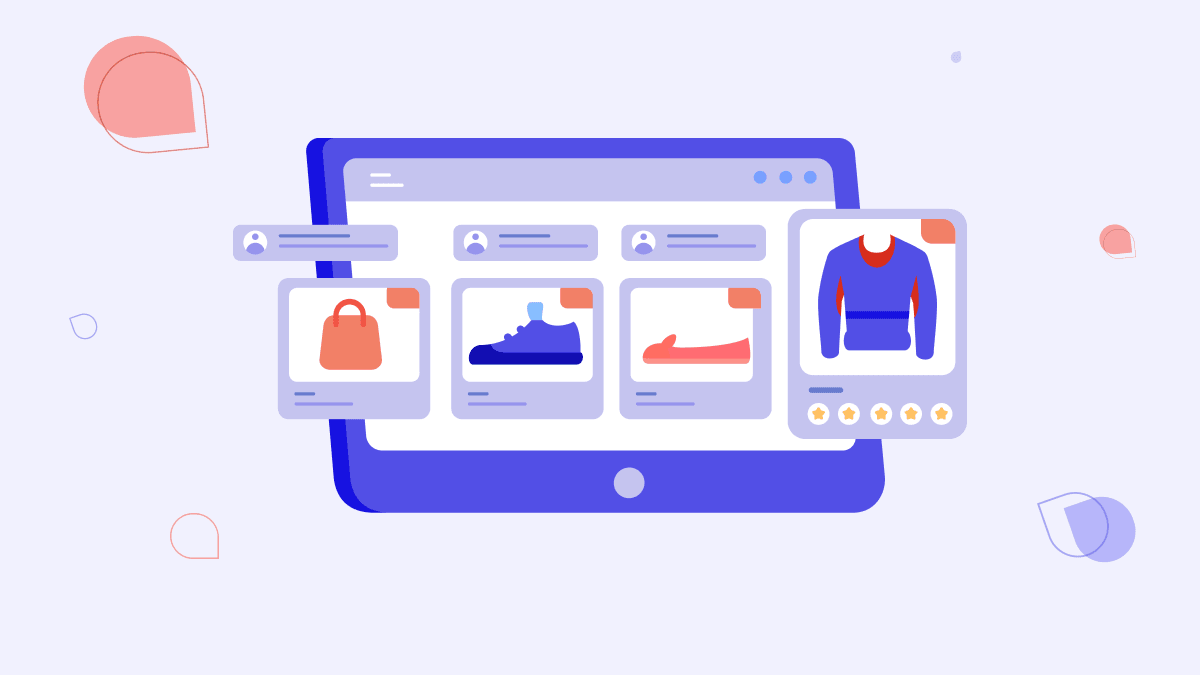
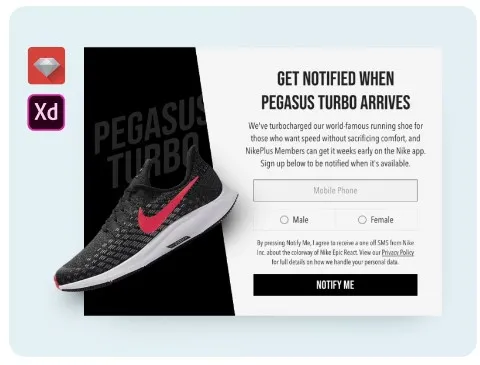
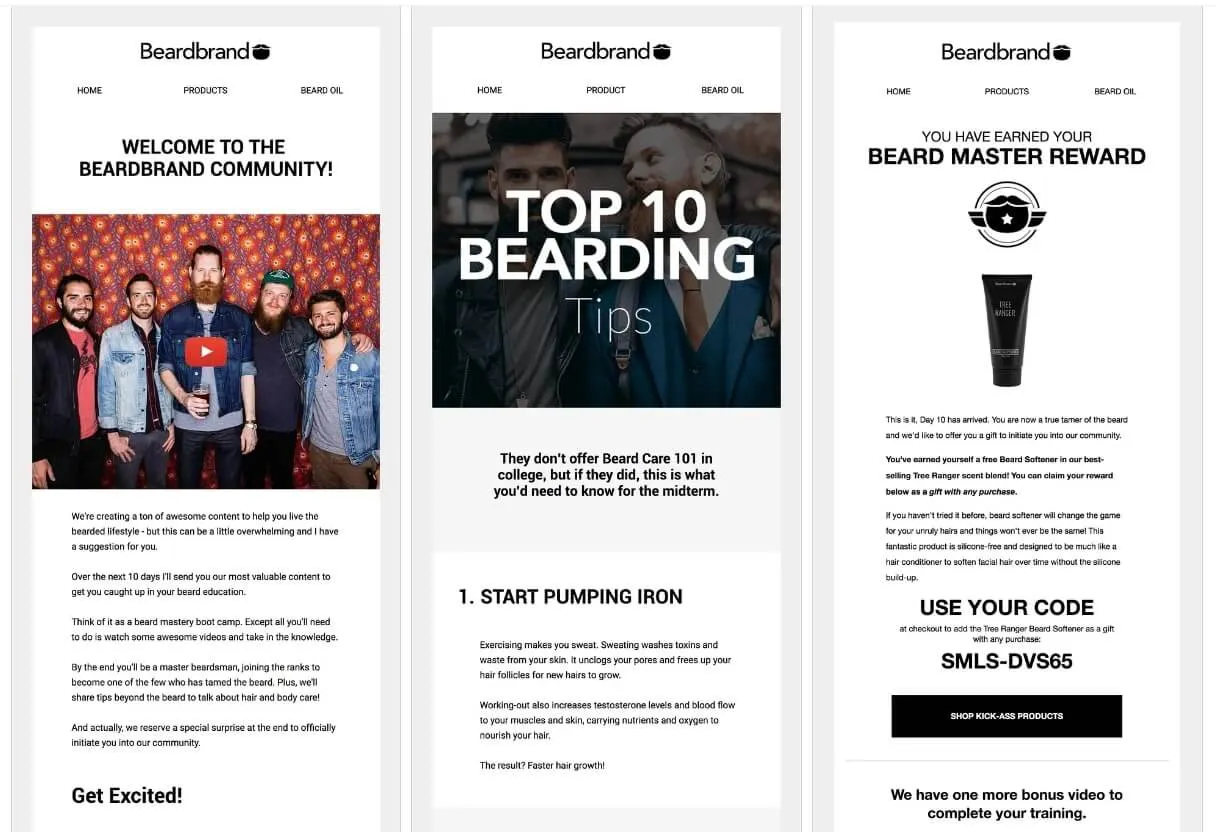
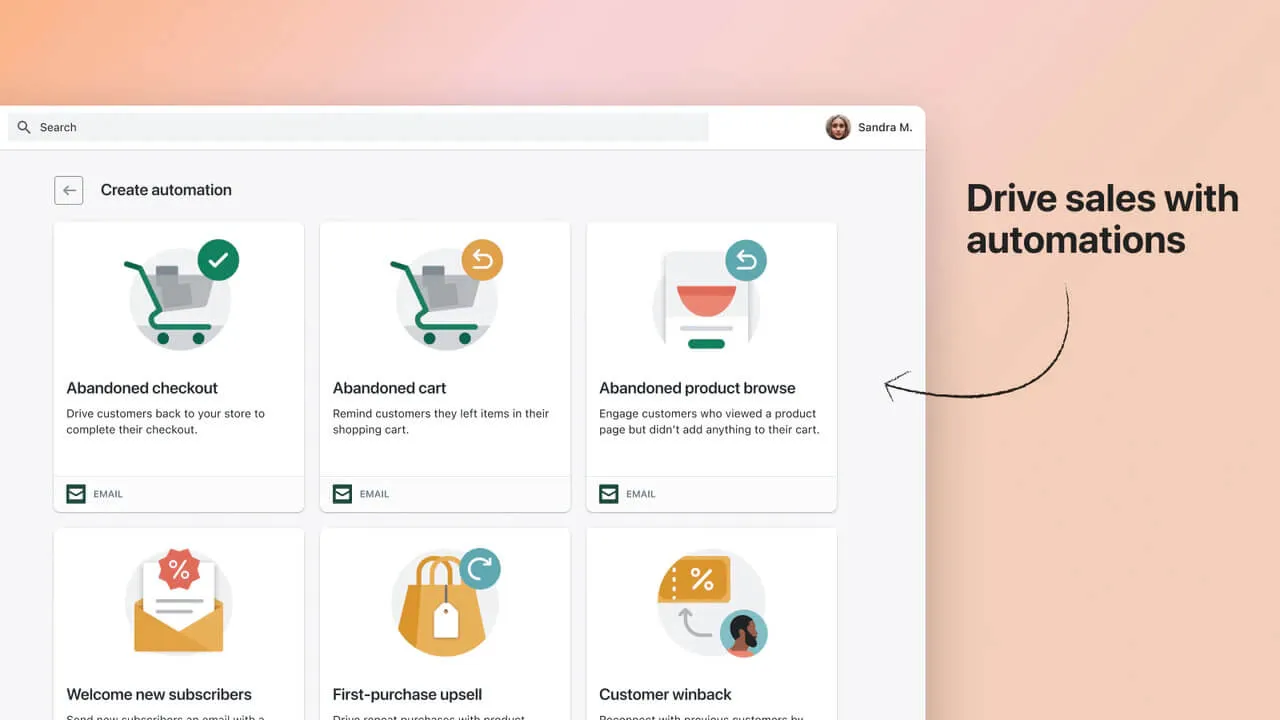
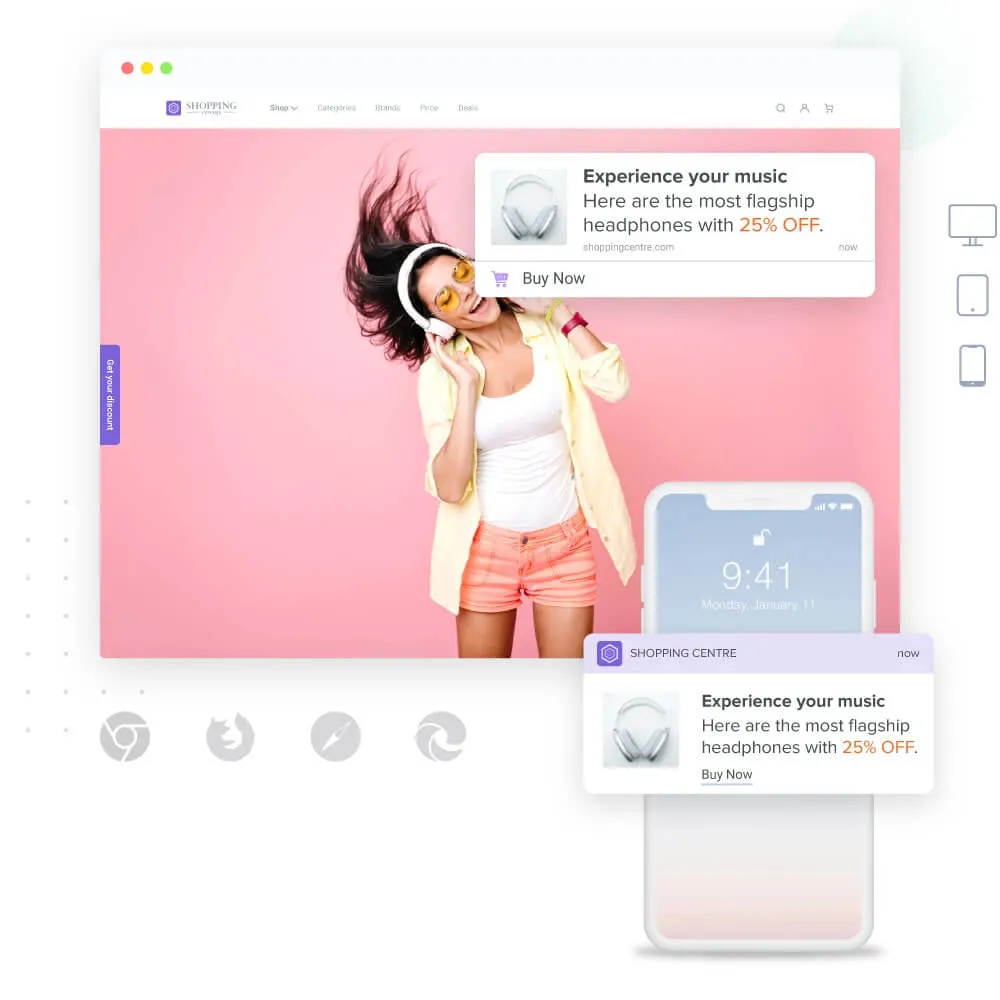

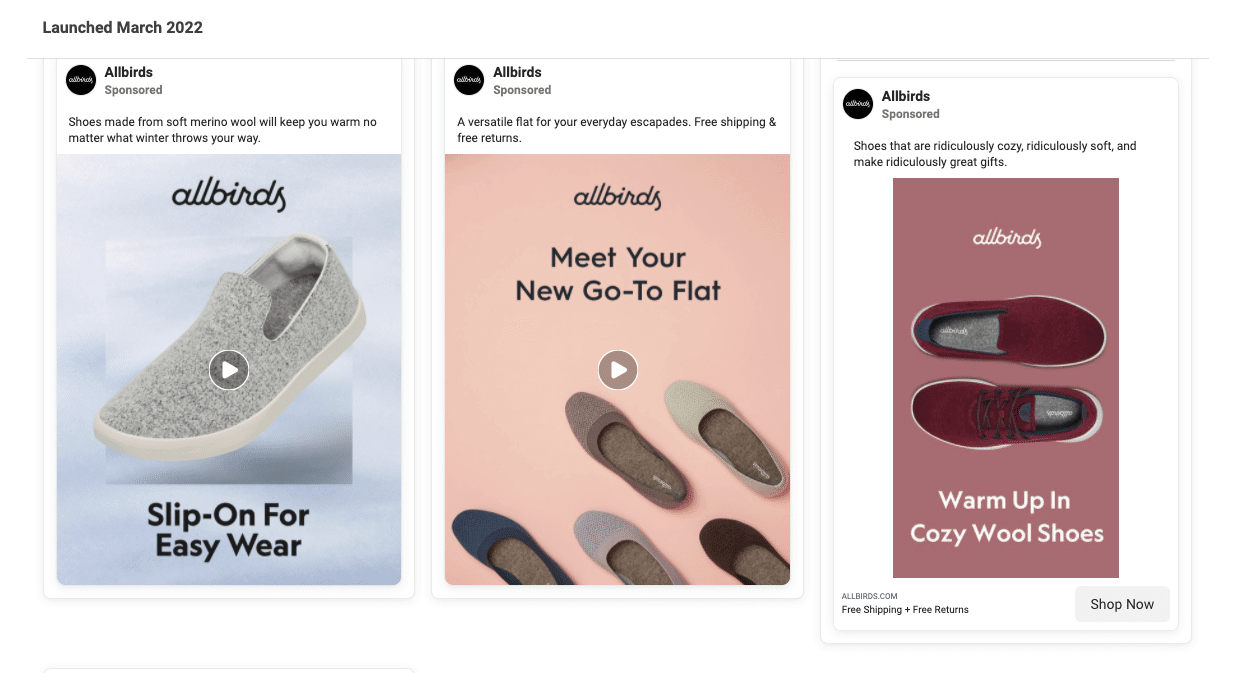
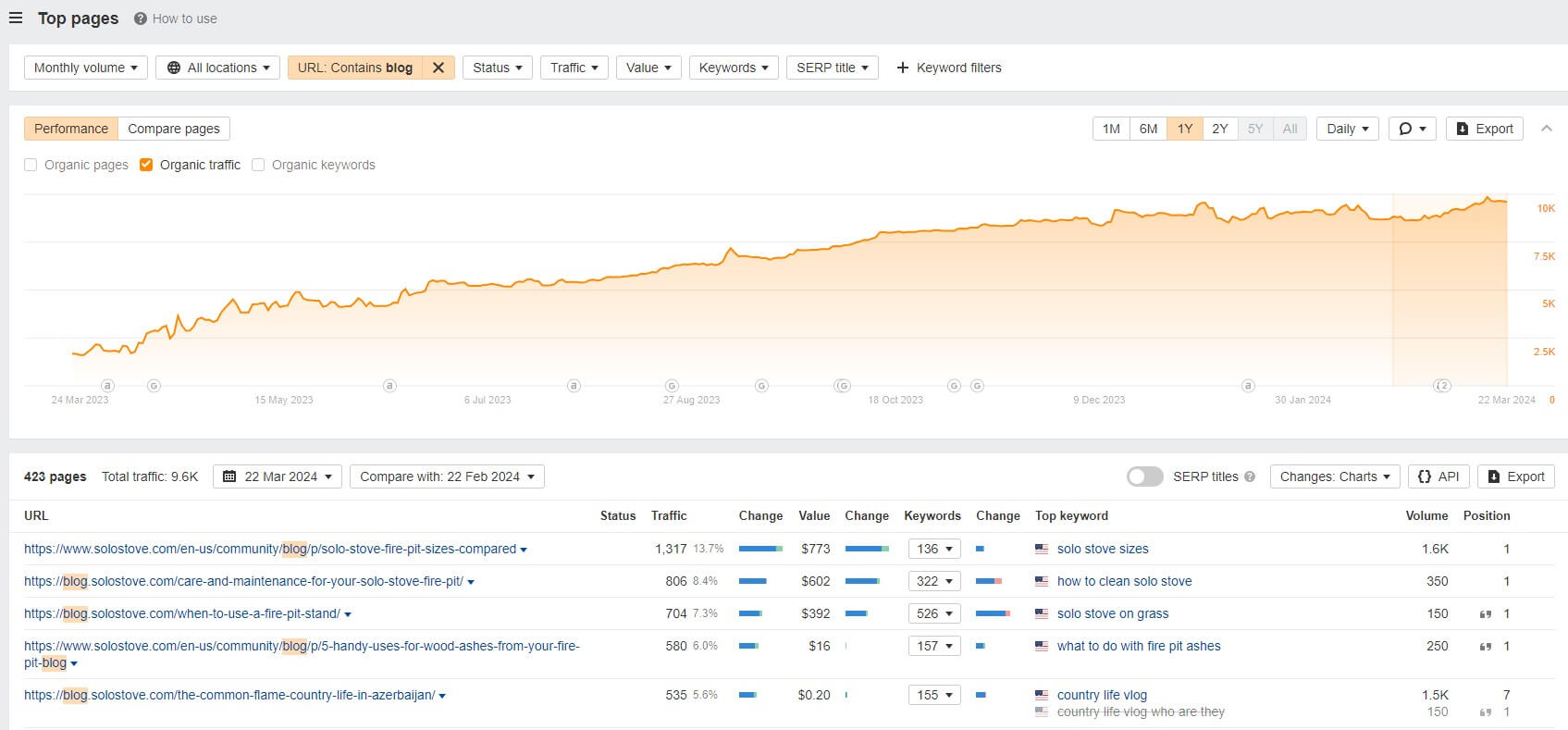
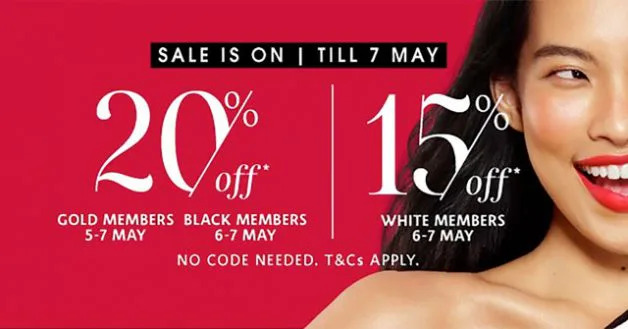
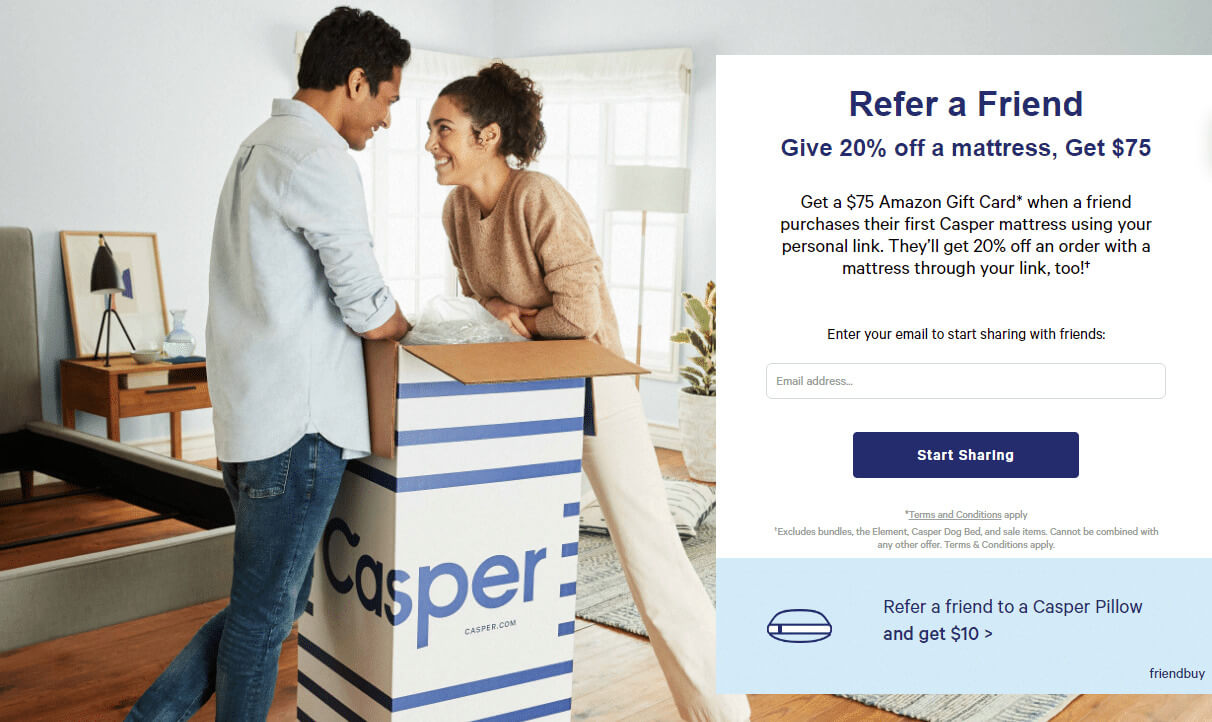
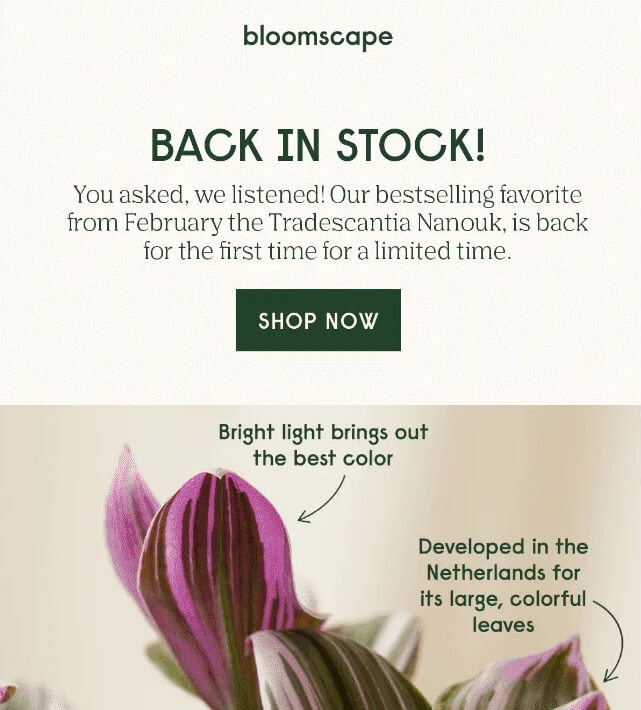
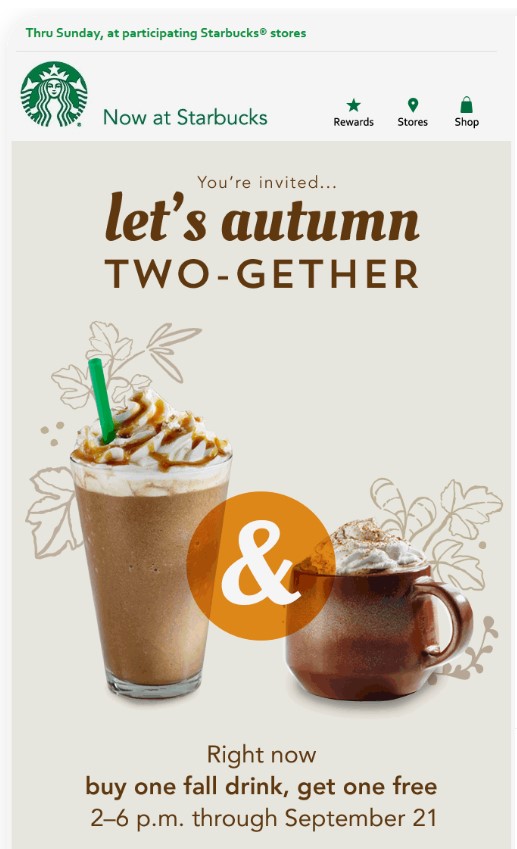
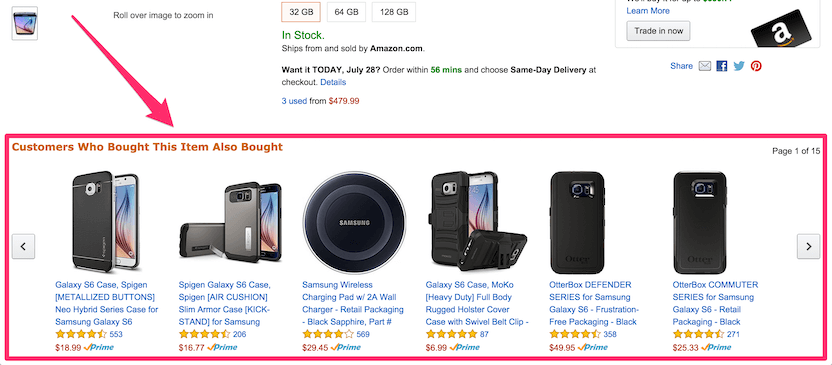
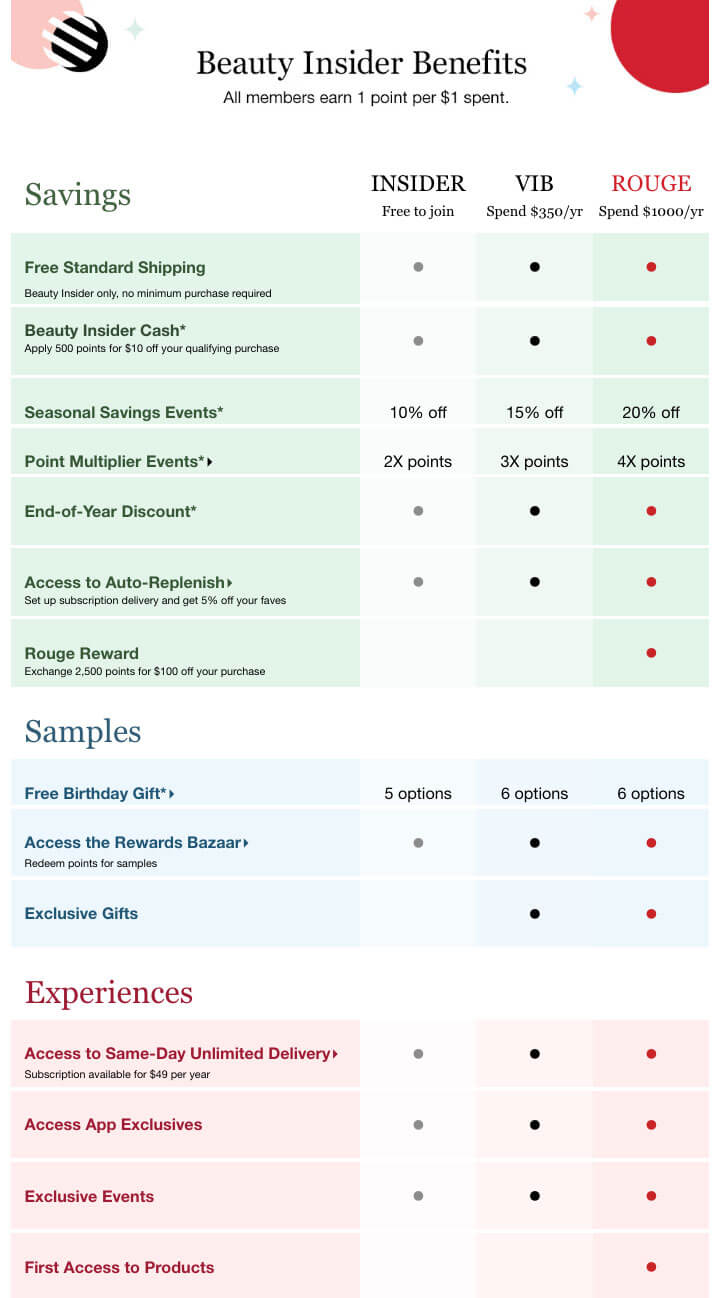
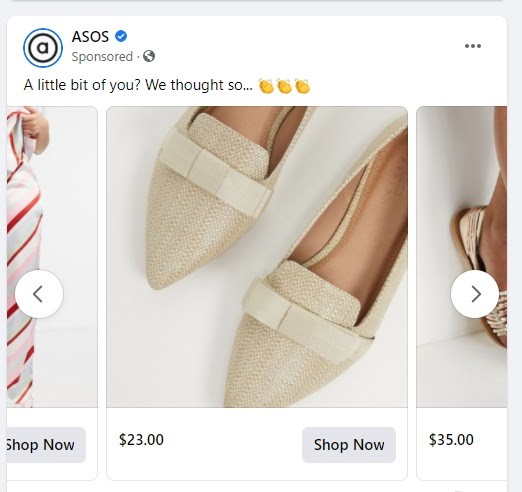
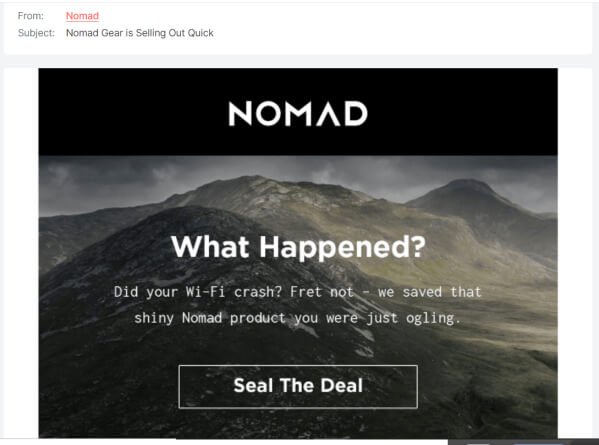
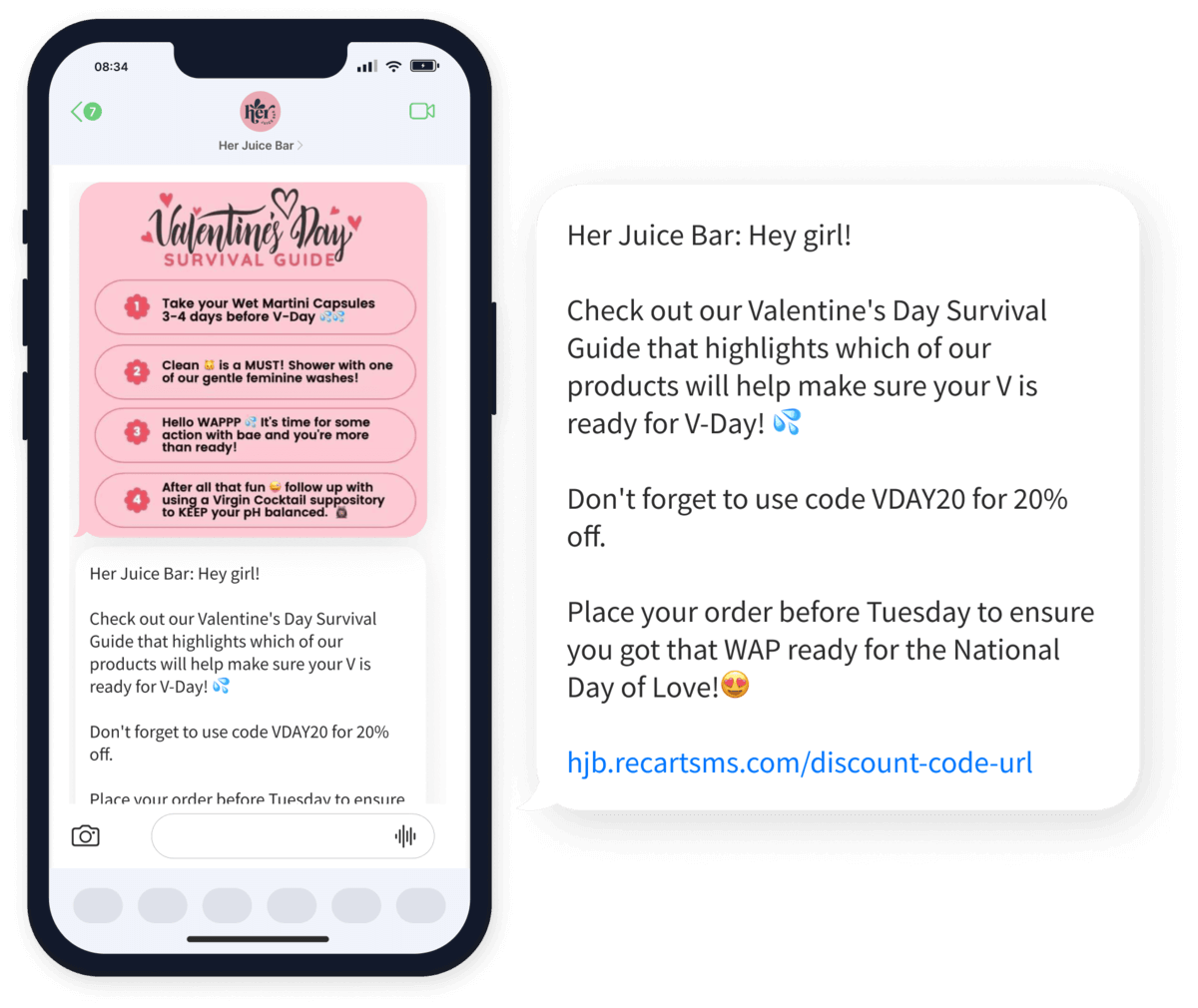

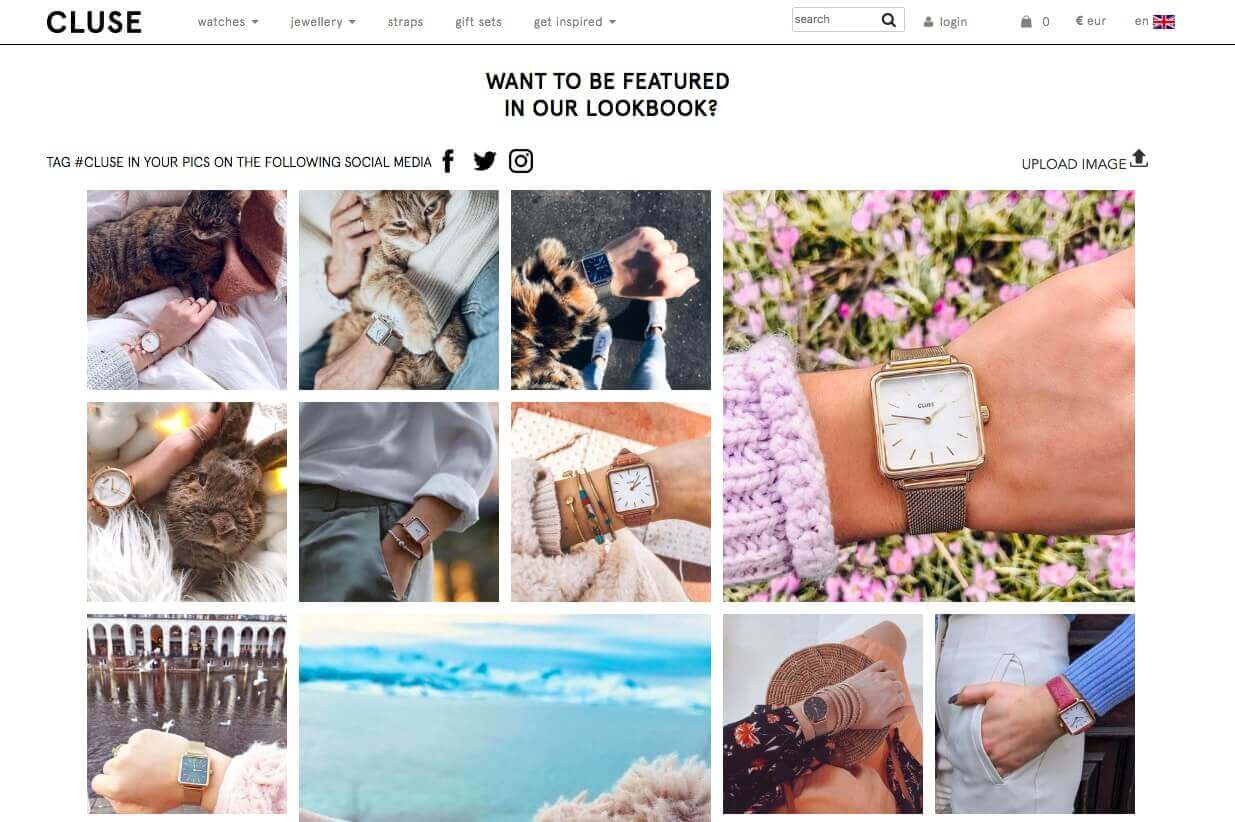
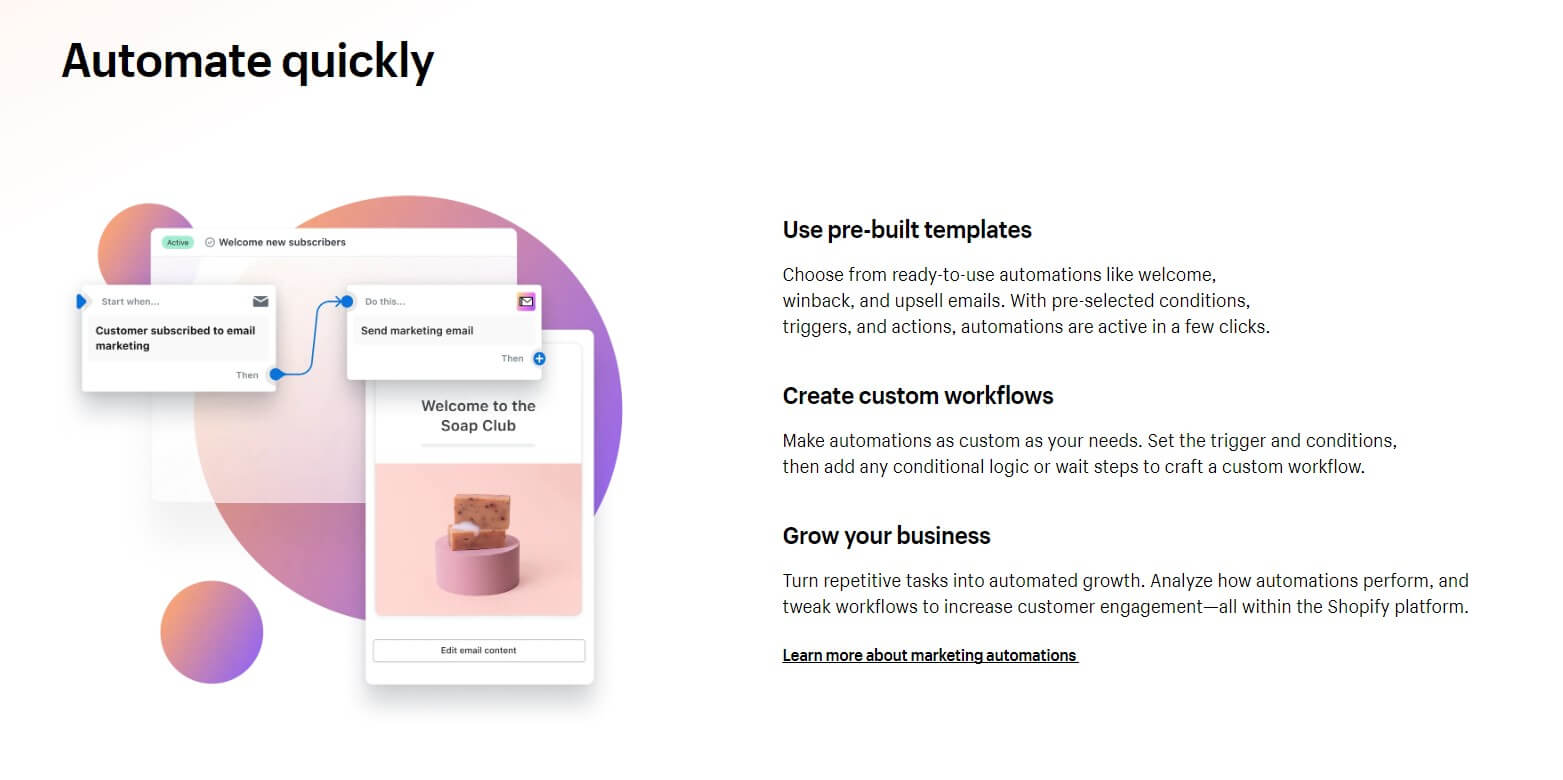
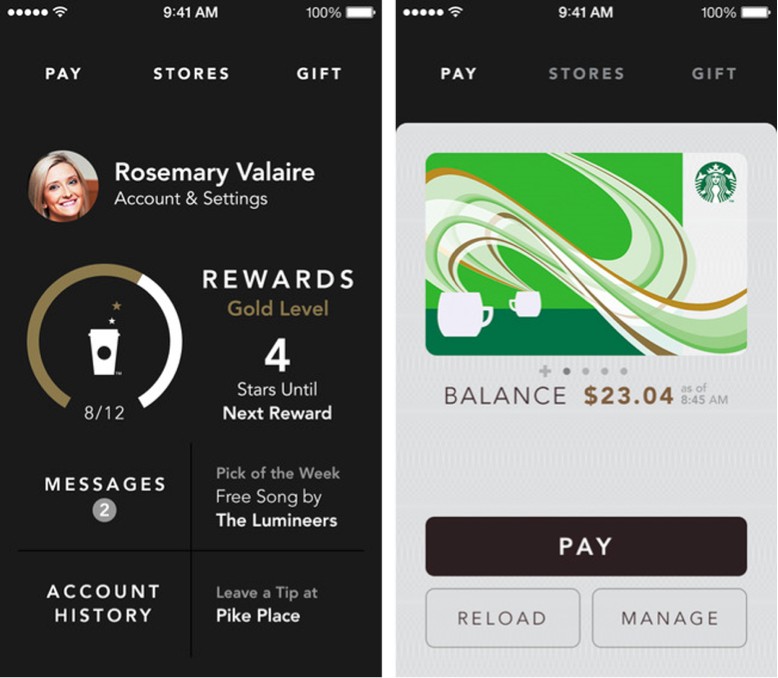
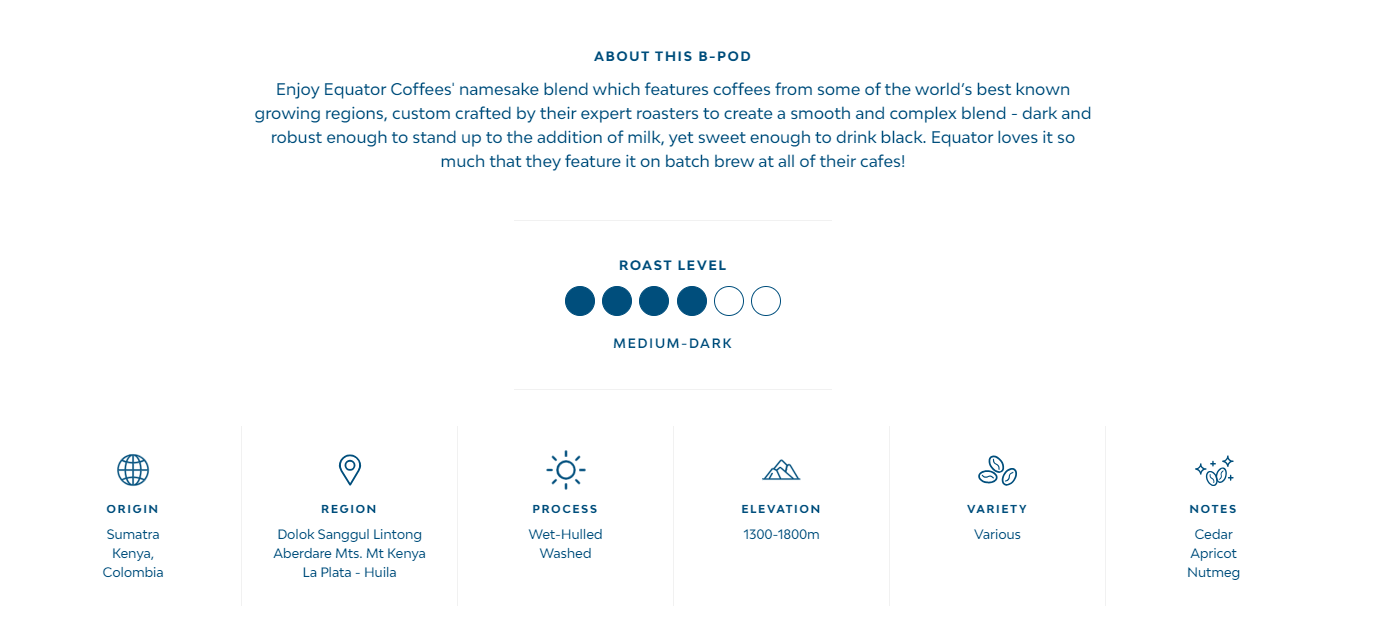
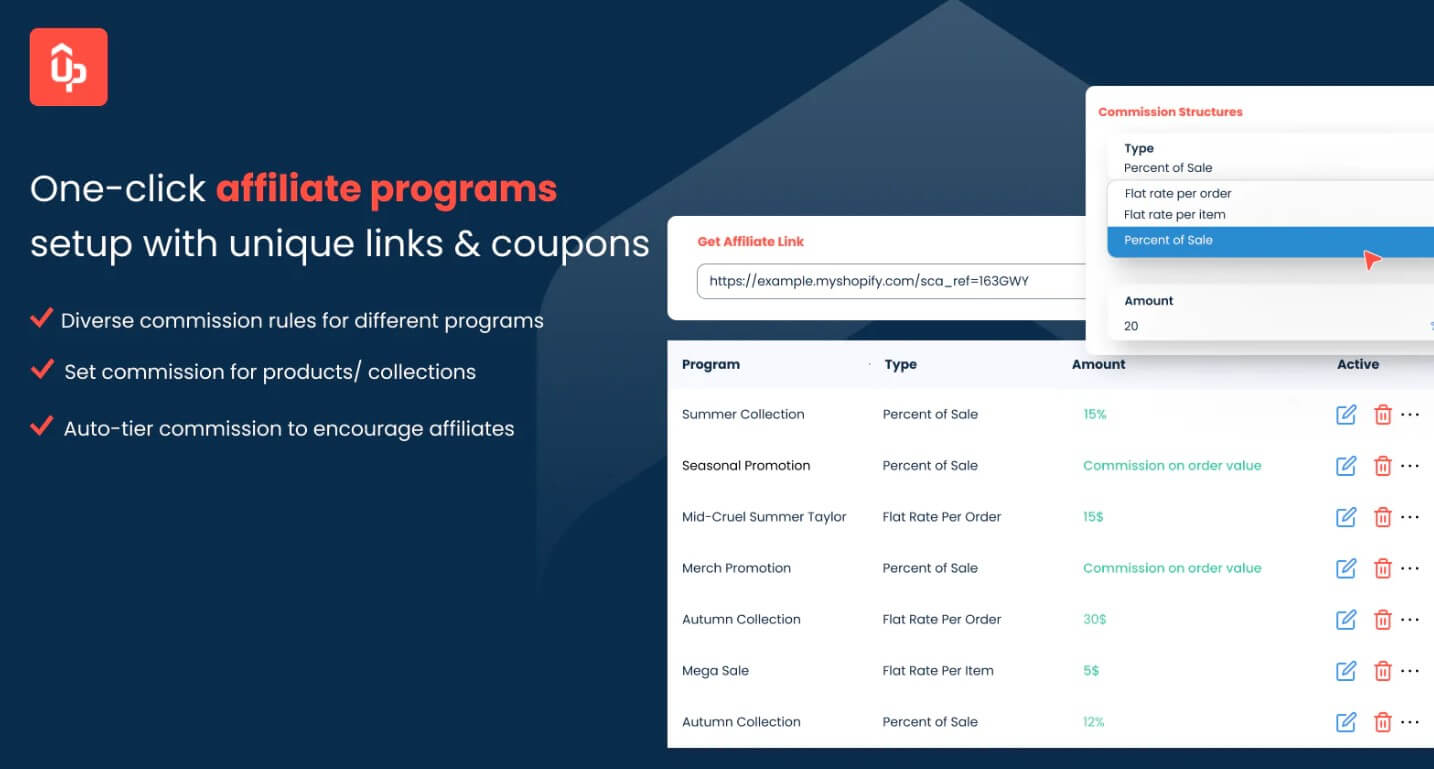

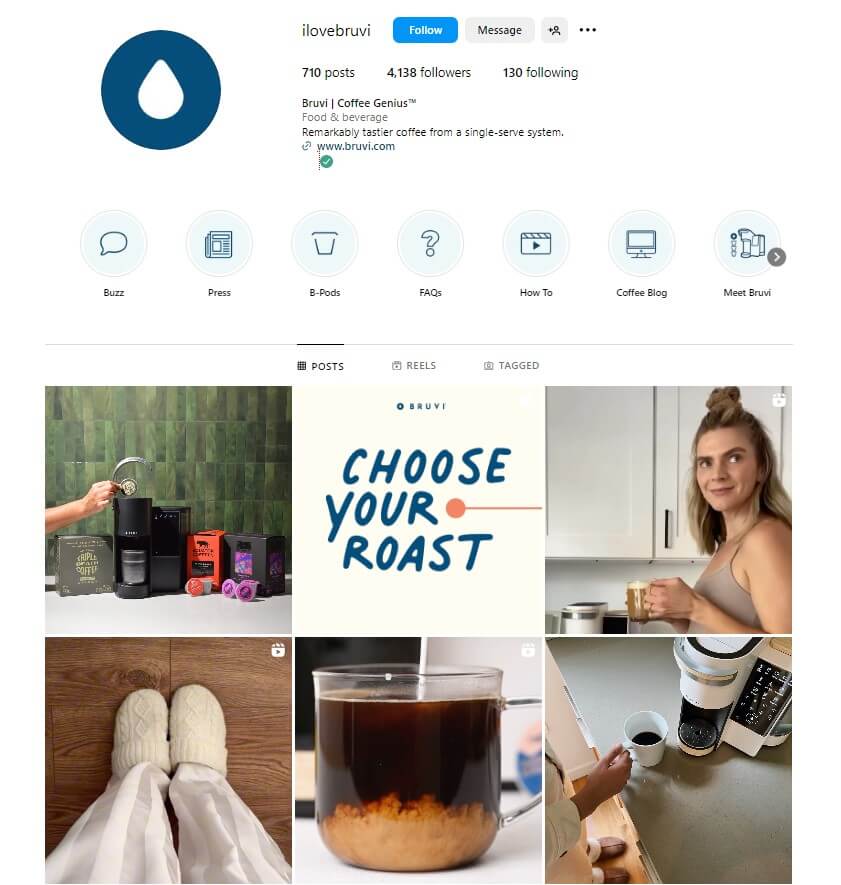
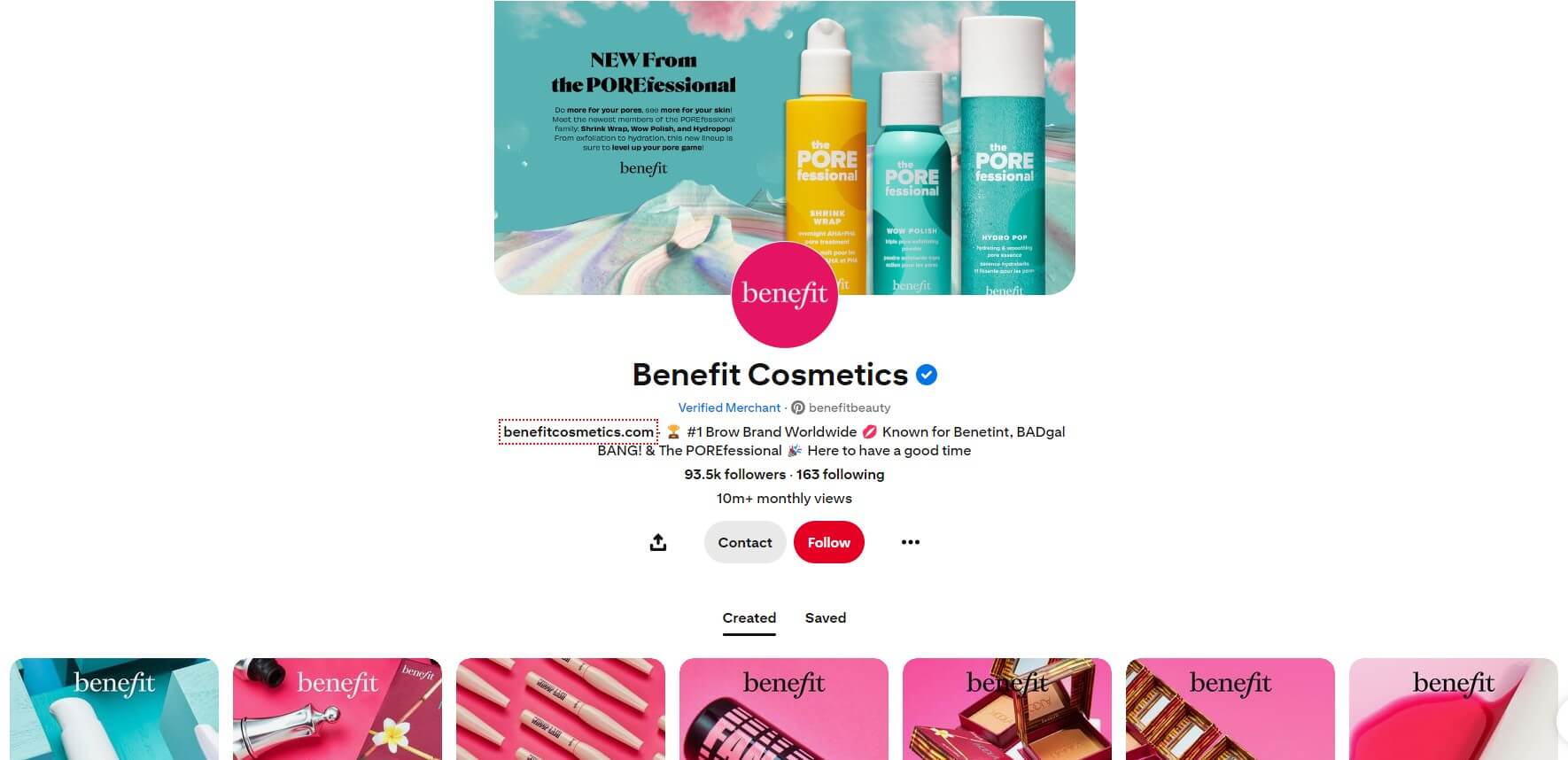
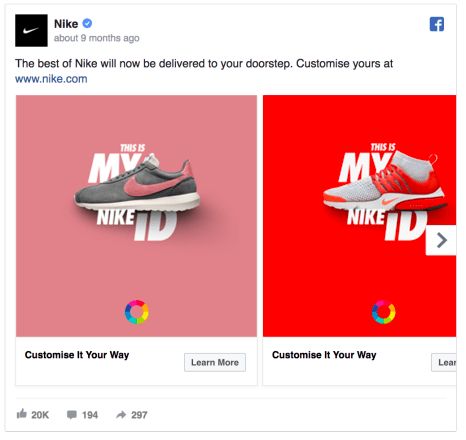

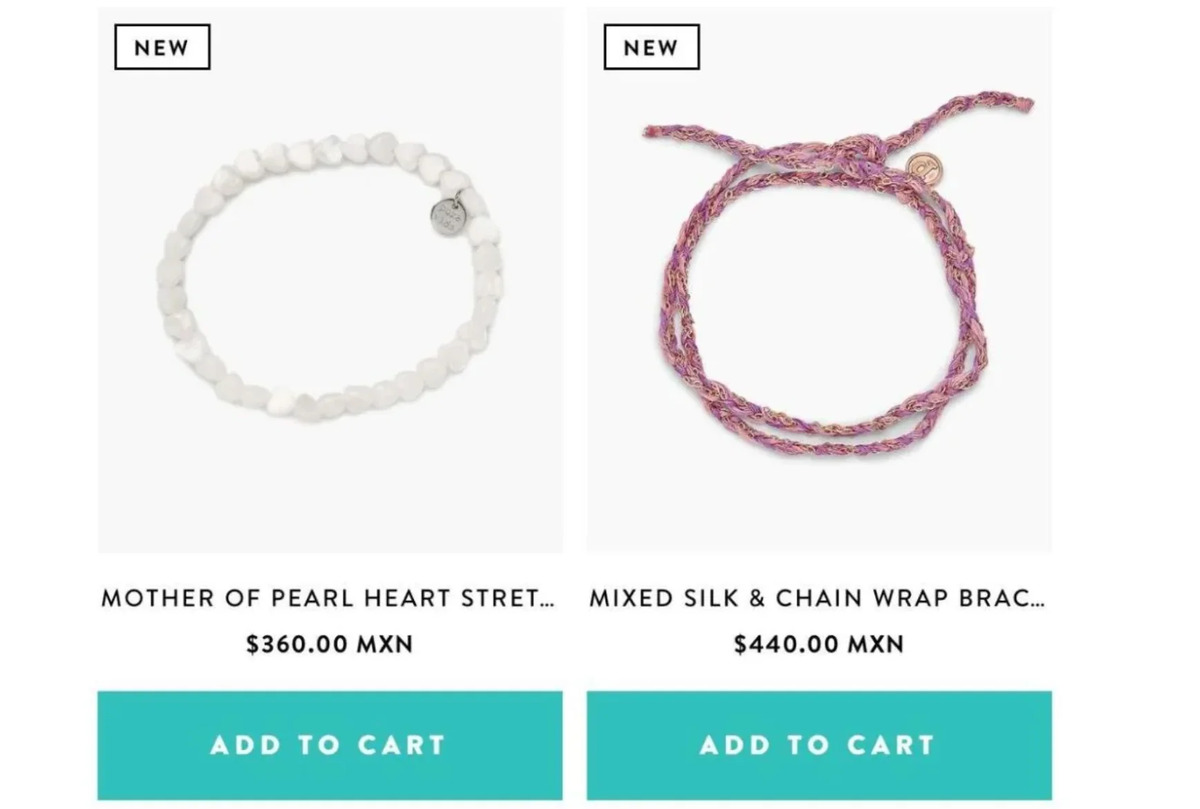
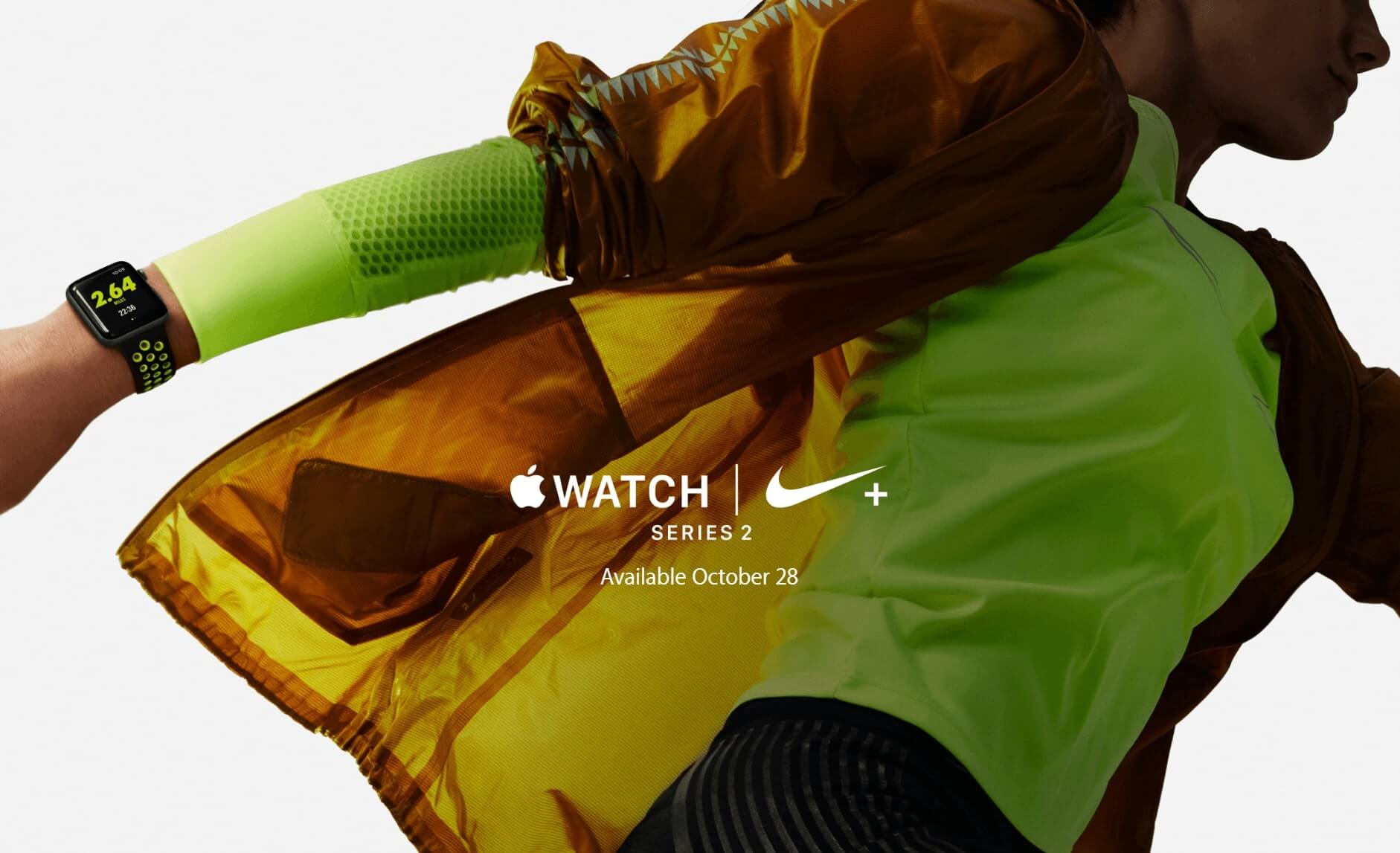
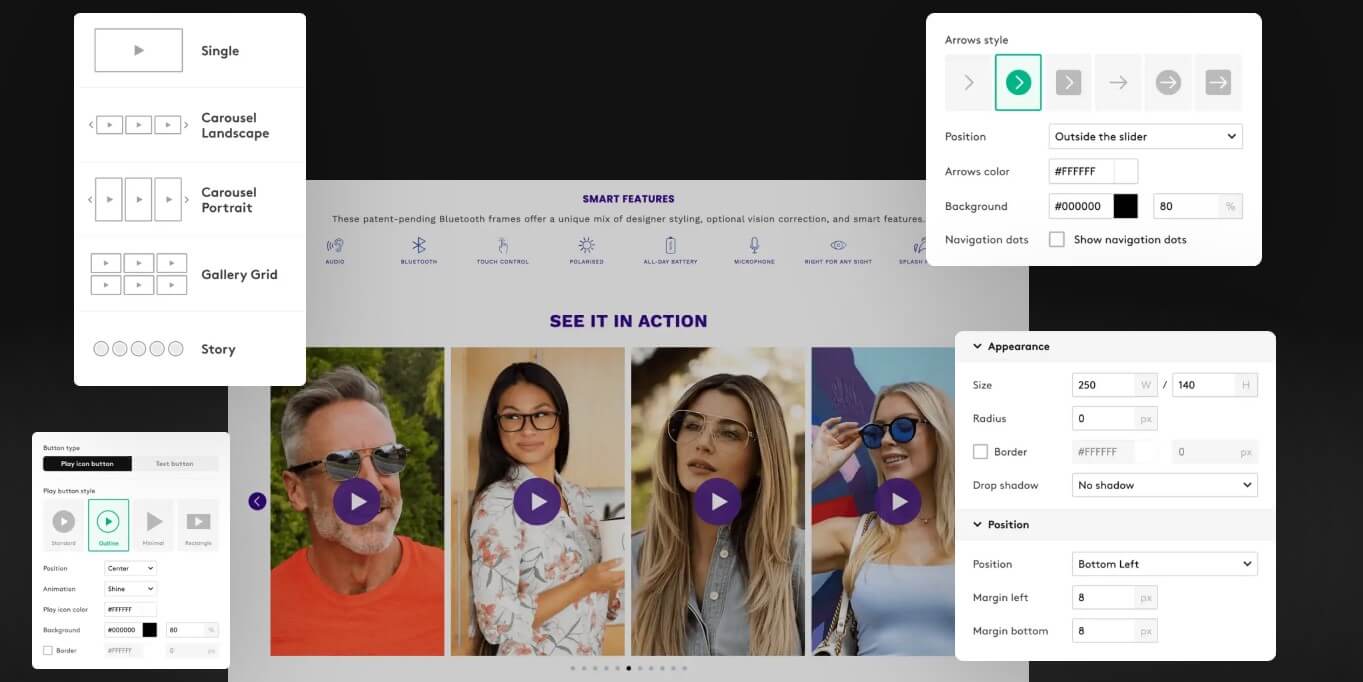
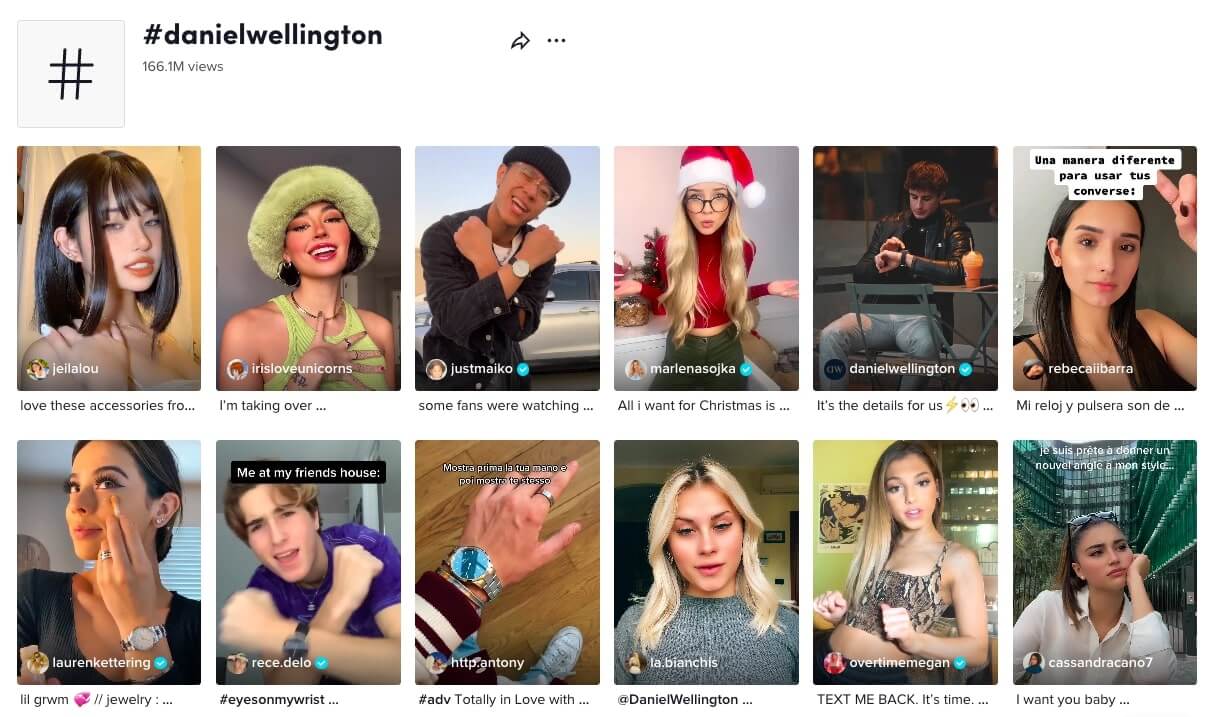
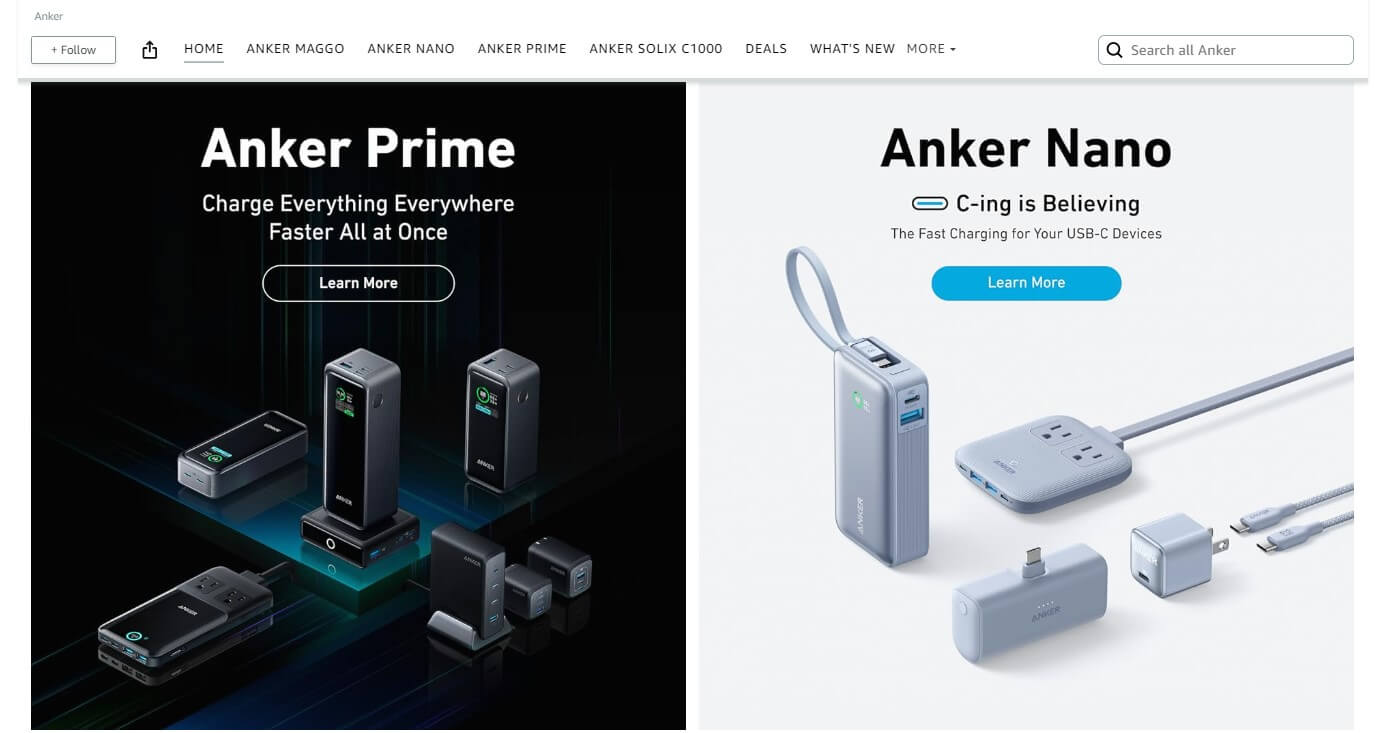
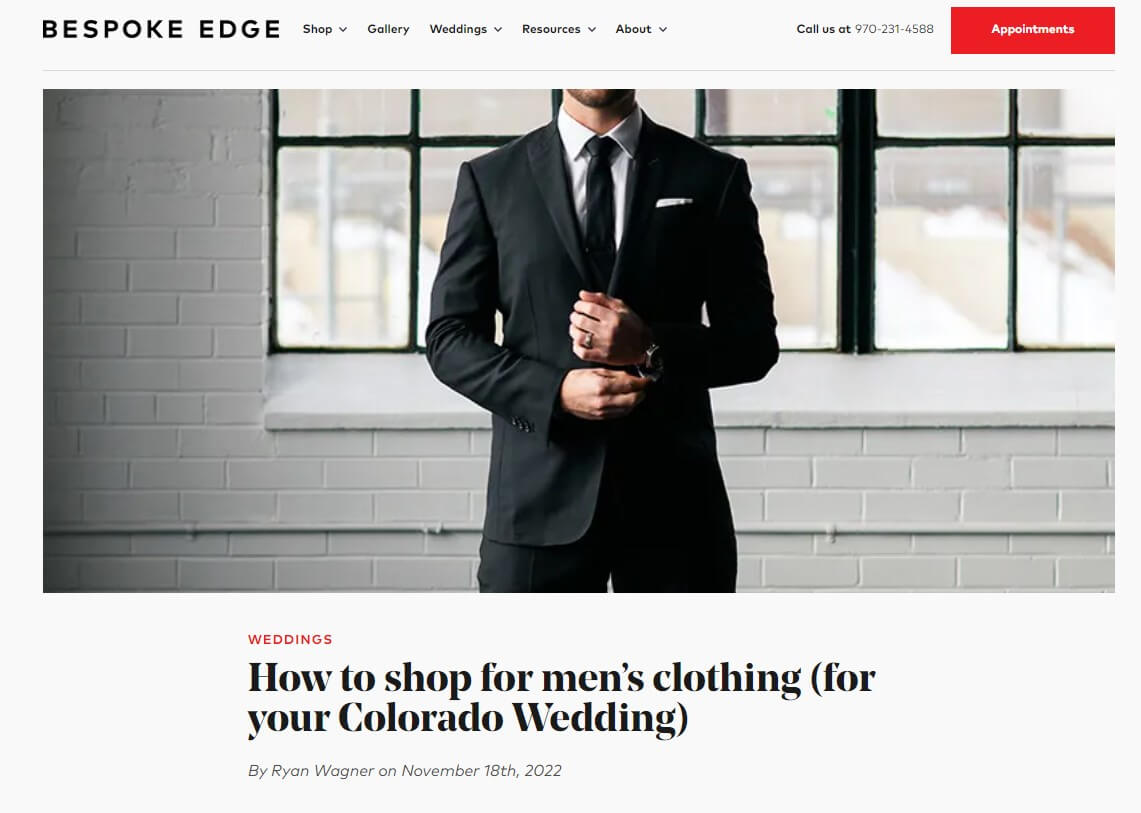
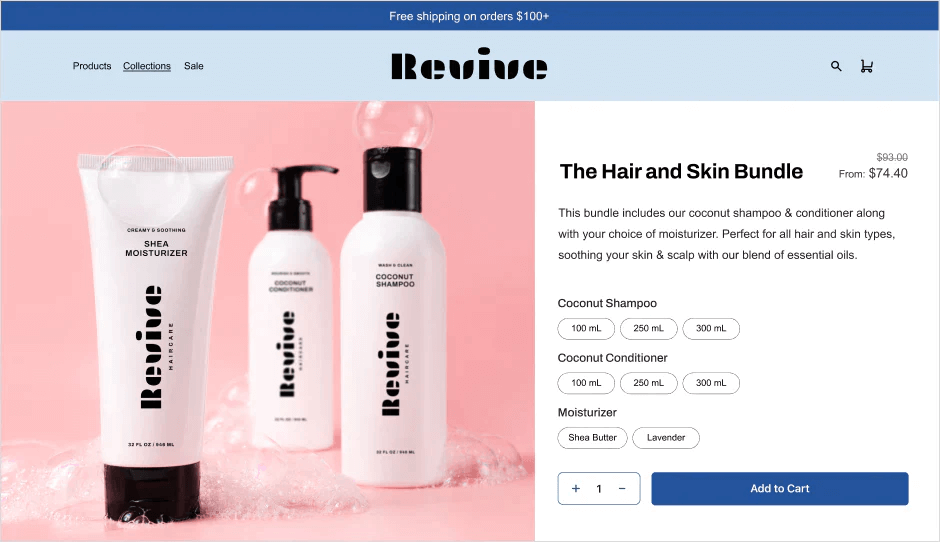
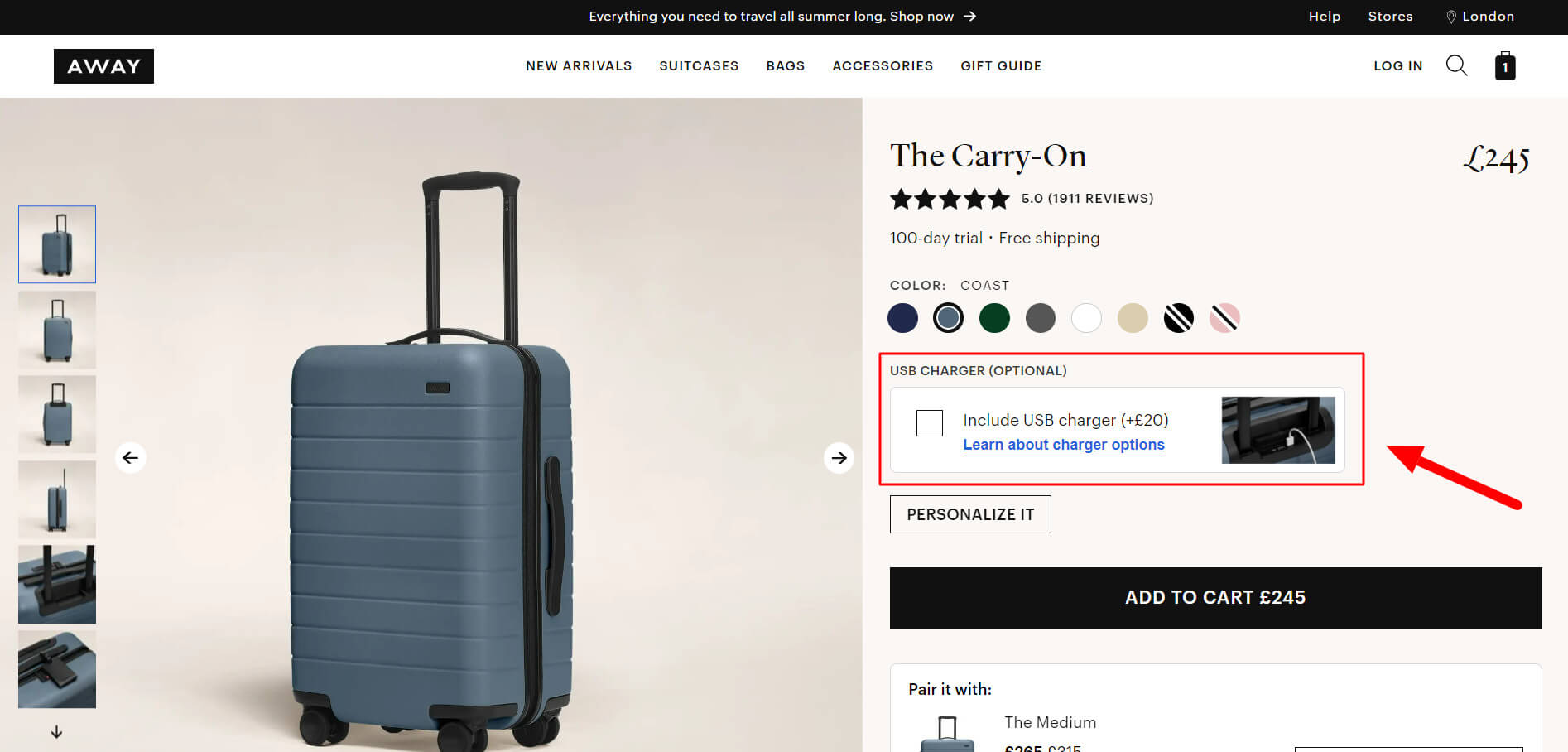
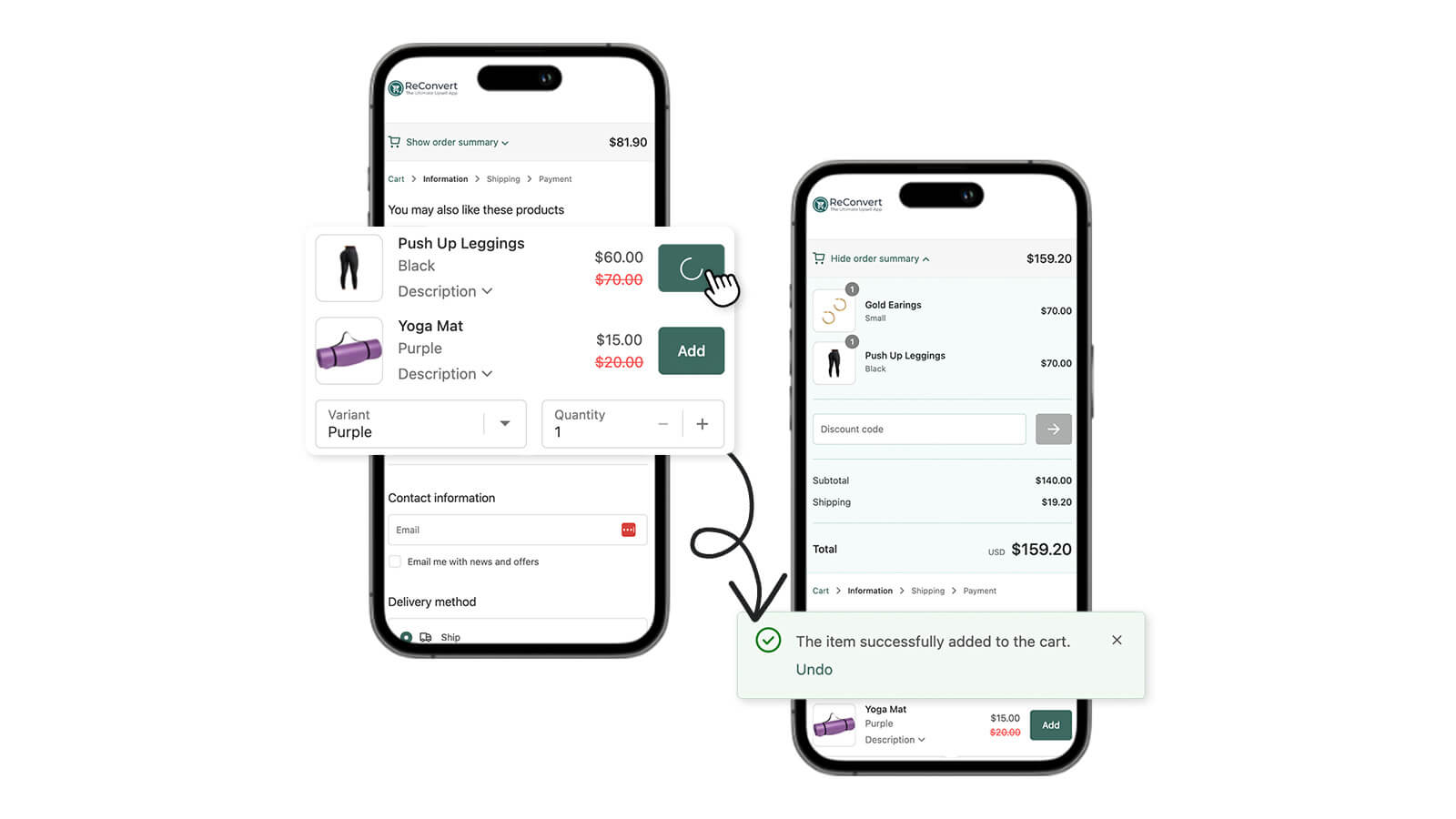




![[Interview] Jamie Turner on One-to-One Marketing, Data, and Hyper-Targeting](https://entail.mayple.com/en-assets/mayple/fit-in/280x280/60a0cd383502c074ee5083e4_1200308662230542Mayple1920x1080LA3_02_e5d1890c275fffc0736b1687ad9c7674_2000-1699777182228.jpg)